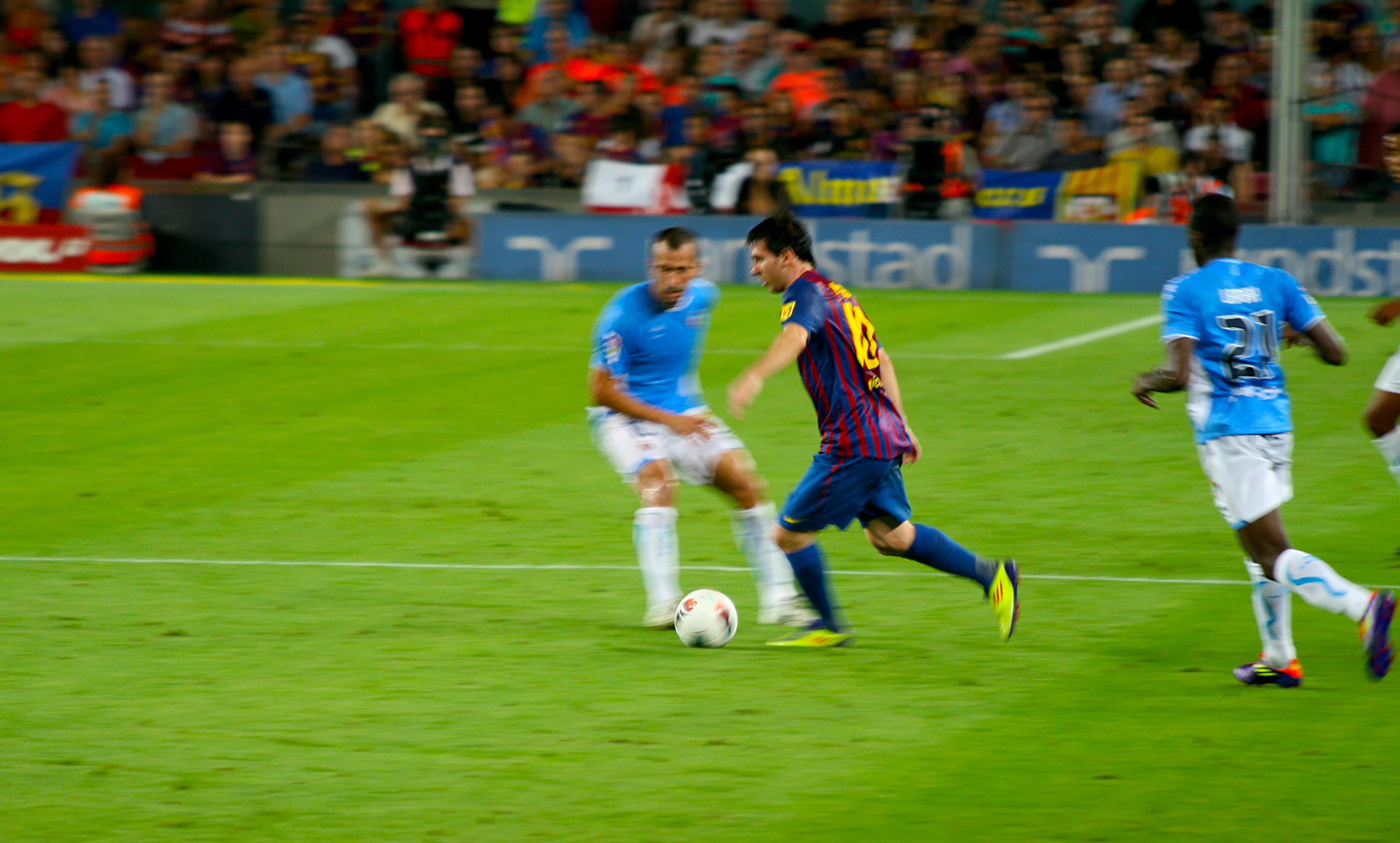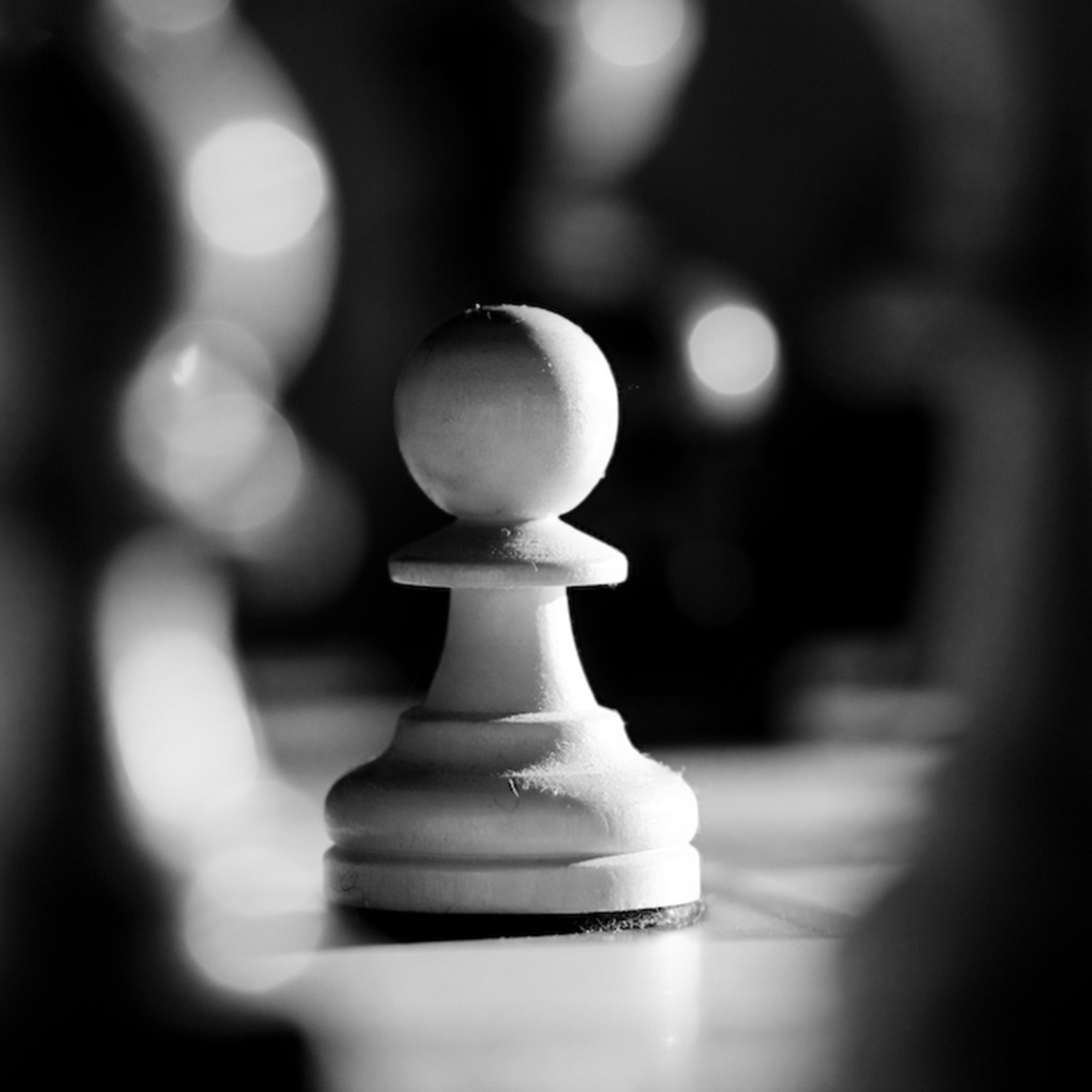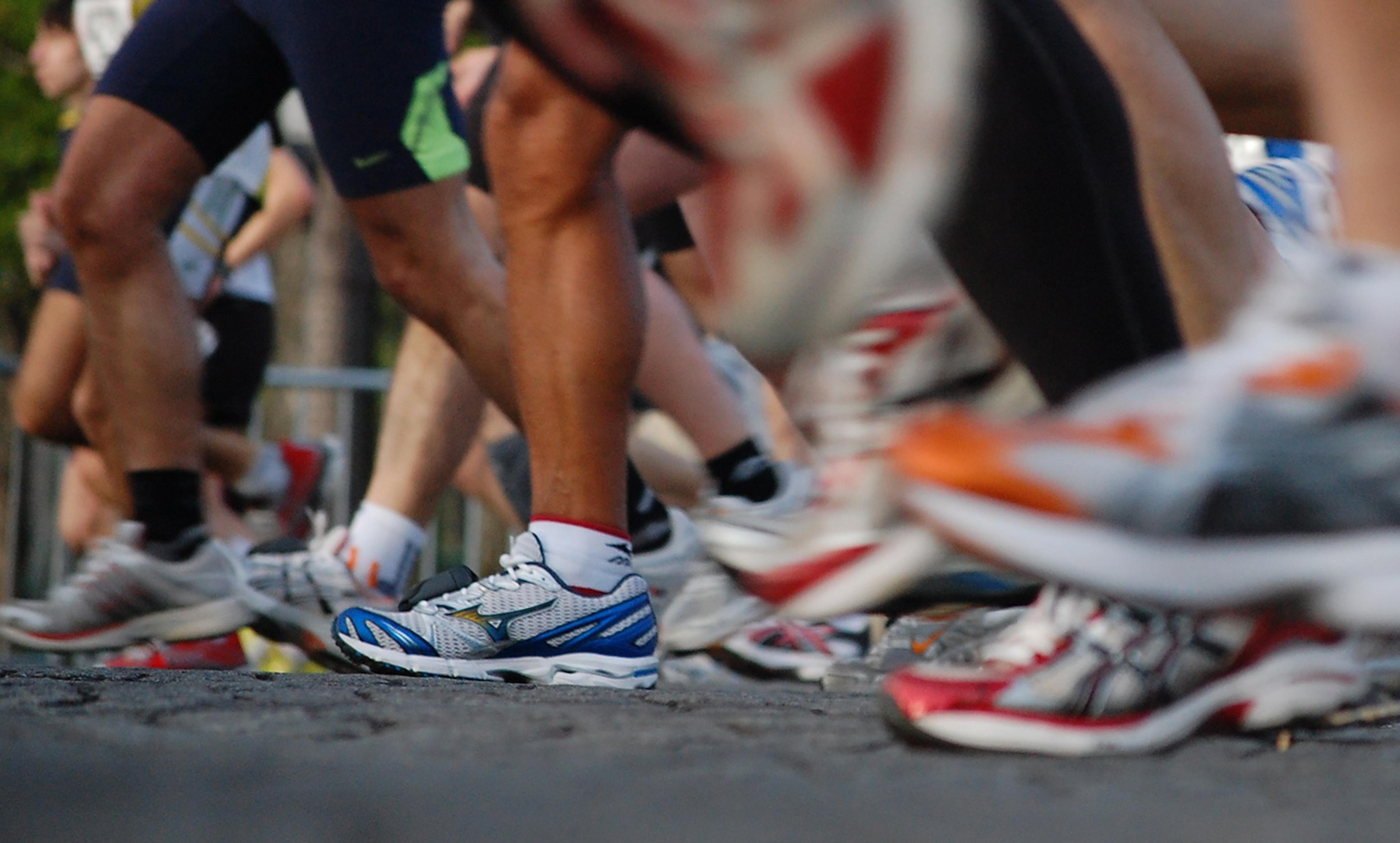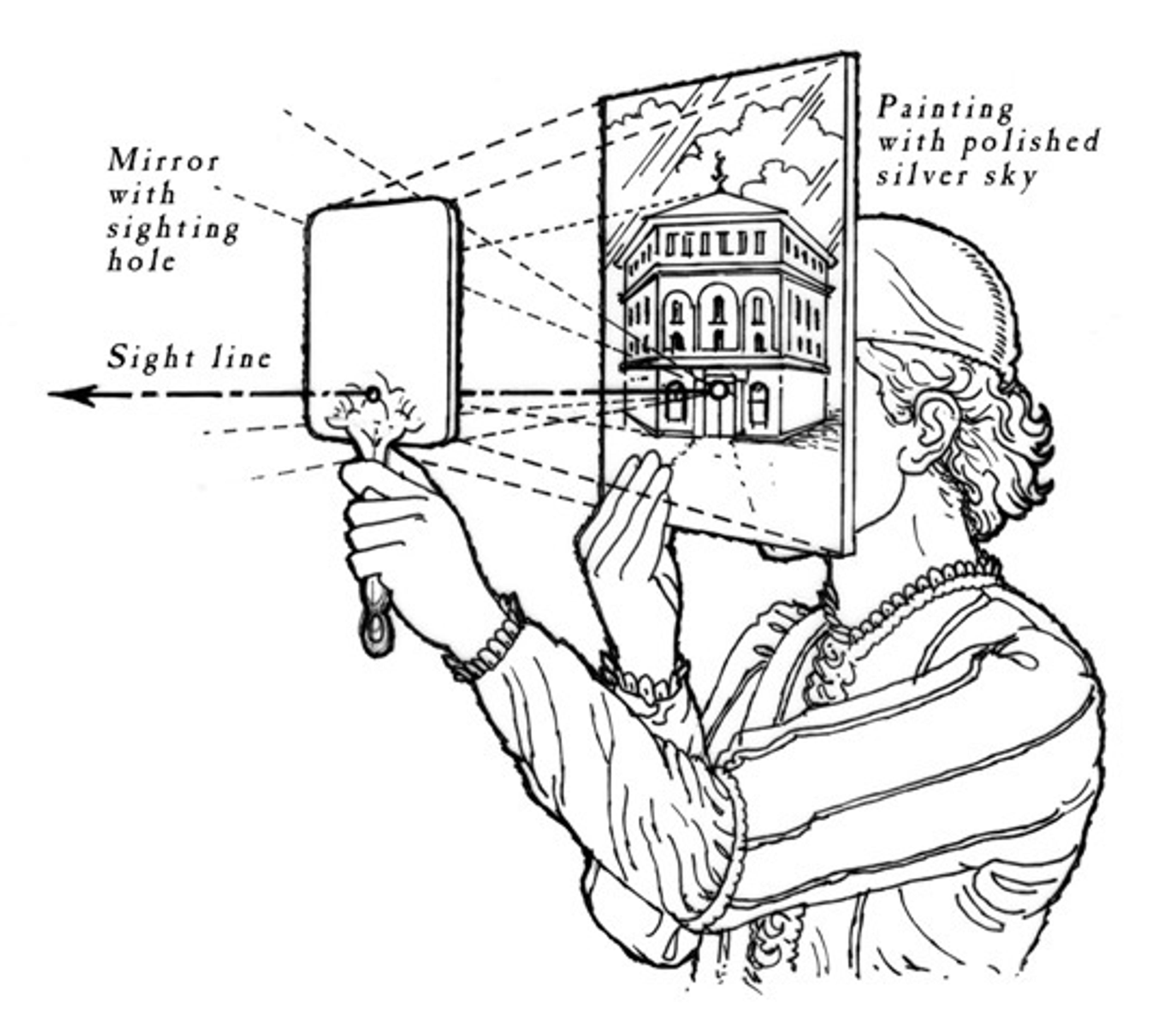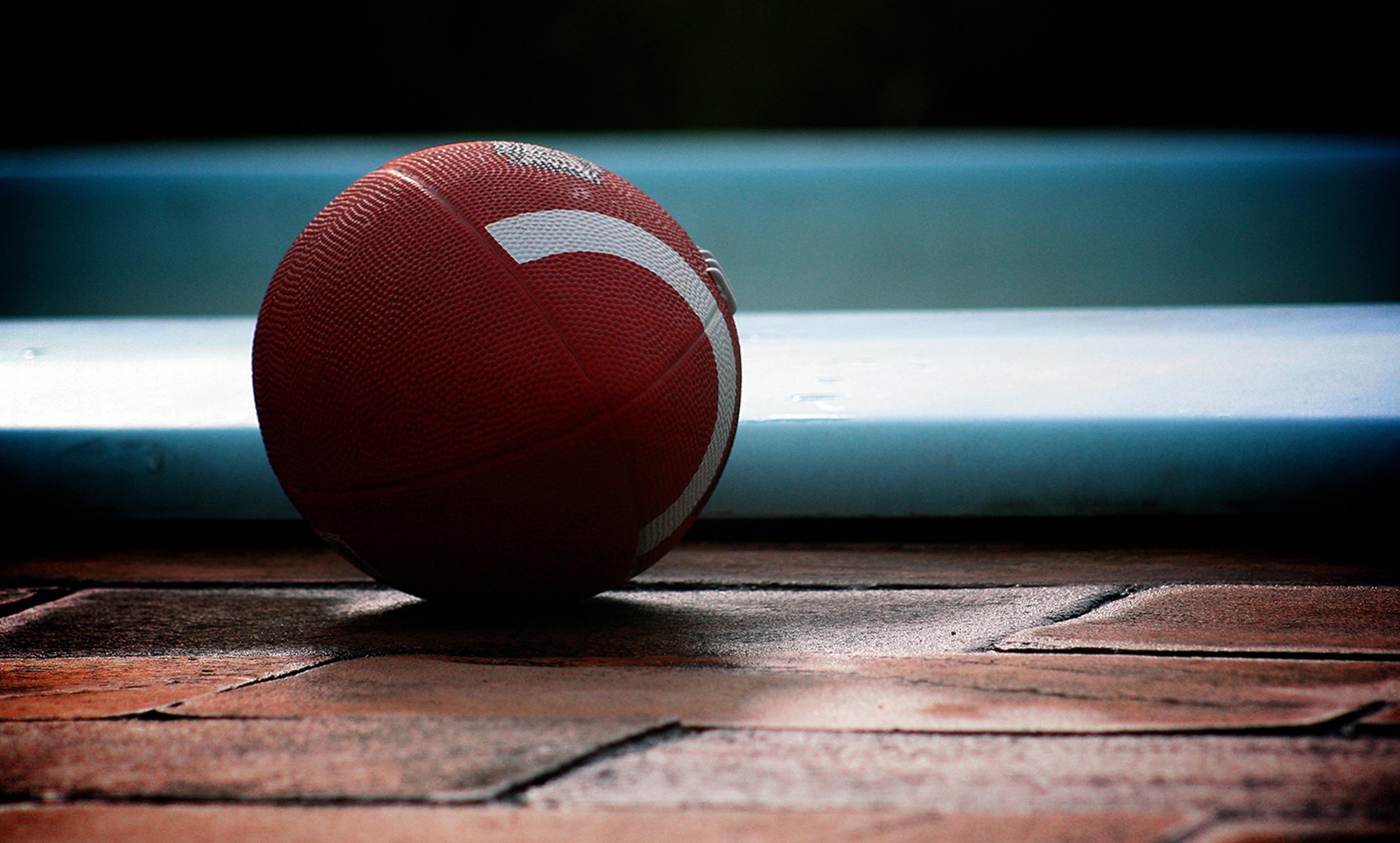Lionel Messi’s fleeting footwork as he weaved through four Athletic Bilbao defenders before curling the ball into the net from 18 yards is one of the most beautiful of his many goals; so too was Yelena Shushunova’s performance for a perfect score in the 1988 Olympic gymnastic finals. But if Messi had just scrambled the ball past the goalkeeper from a corner, that would have counted just the same in the final score: as long as the football crosses the line, within the rules of the game, it doesn’t matter how it is scored. In contrast, the perfection of Shushunova’s gymnastic performance was what allowed her to score full marks.
These two examples highlight the distinction that the sports philosopher David Best made in Philosophy and Human Movement (1978) between purposive sports and aesthetic sports. In purposive sports, there are objective measures for winning, such as scoring a goal or crossing the line. With aesthetic sports, such as gymnastics, figure-skating or high-board diving, the outcome is determined by the subjective judgment of experts. Some people even wonder if aesthetic sports are sports at all because of the judging involved.
Such skepticism might be undeserved. Gymnastics, figure-skating, snowboarding, skateboarding, surfing and high-board diving still require adherence to objective criteria. Marks are not awarded on aesthetic qualities such as grace, beauty or emotional affect, but rather for carrying out a series of movements in accordance with specified rules. A gymnast could decide to use a vault as a prop in a beautiful dance, but that would not score any points since it would be outside the rules of vaulting. The rules of vaulting specify how many points should be awarded or deducted for particular actions or failures. There are no points awarded for aesthetic beauty or for emotional impact. That’s why some gymnastic performances that leave the audience in raptures fail to win competitions: the beauty that the crowd admires isn’t listed among the judging criteria.
So even in the aesthetic sports, it’s not beauty per se that counts; rather it is the demonstration of a prescribed skill that wins gold. Yet there does seem to be a correlation between what is generally considered skilful and what is thought beautiful. The US philosopher Paul Ziff, who declared in Antiaesthetics (1984) that beauty does not matter in sport, might have been wrong in arguing that there is no relationship whatsoever between the two. Falling on the floor, no matter how intentional, is not valued within aesthetic sports because it does not equate with skill, in addition to looking ugly. The difficulty is in judging between poorly executed (ugly) difficult actions and perfectly executed (beautiful) but easier actions. In aesthetic sports, more points are generally awarded to the latter than to the former, but some allowances are made for difficulty level. In high-board diving for example, competitors will state the difficulty of a dive that they will attempt, with each dive being worth a pre-set number of points (the greater the difficulty, the greater availability of points). Full marks are based on a perfect dive and points are deducted for anything less. Divers will generally attempt the most difficult dive that they have perfected to gain themselves the most points.
Even in non-aesthetic sports, where the victor is the one who achieves a particular objective such as finishing the race first, or getting the ball into the net, there is still some correlation between skill and aesthetic appreciation. True, each goal in soccer counts the same, but sports fans value skill that leads to a goal higher than an accidental fumble; hence showcases such as ‘goal of the month’.
While skill often correlates with beauty, if the skill is original, it has greater appeal, even where it doesn’t quite achieve the intended goal. The philosophers Teresa Lacerda and Stephen Mumford have argued that ‘genius’ should be considered a valid aesthetic category in sport. They provide five characteristics of sporting genius: creativity, innovation, originality, freedom, and inspiration for others to follow, citing the examples of Diego Maradona, Shushunova, Jan Boklöv and Dick Fosbury. Maradona demonstrated a vision and awareness in football that is arguably unsurpassed. He was able to negotiate his way, seemingly effortlessly, past opposition players while in complete control of the ball. Shushunova’s originality lay in developing new linking movements between set gymnastic moves: this brought a grace and fluidity to a routine that had not been seen before. Boklöv and Fosbury developed new techniques that enabled the previous limits of human ability to be surpassed: Boklöv with the V-shape in ski-jumping, and Fosbury with his backward head-first take-off in the high-jump, the ‘Fosbury Flop’.
Lacerda and Mumford are surely right to argue that genius has the greatest aesthetic value in sport. You can win, whether in an aesthetic or non-aesthetic sport, simply by scoring the most points within the stated rules, but the beauty of truly original performances lodges in our memories. That’s the beauty that matters most in sport, and we rightly celebrate it.
